
6 in stock
€33,00
6 in stock
The hydraulic pressure exerted via the brake pedal pushes the wheel cylinders outwards through the brake line and brake hose.
The wheel cylinders push the brake shoes against the brake drum, causing the vehicle to slow down.
To be able to bleed the brake system, a bleeder screw is installed on the wheel cylinder.
It is protected against corrosion by means of a dust cap.
How can a faulty wheel cylinder be recognized?
A faulty wheel cylinder is usually recognizable by leakage of brake fluid or by one or two pistons being stuck in the housing due to corrosion (rust).
If you intervene in time, often only the dust boot is filled with brake fluid. If you are too late and the entire inside of the brake drum is greasy,
it is advisable to also replace the brake lining. The brake lining acts like a sponge, absorbing the brake fluid, which will permanently affect brake performance negatively.
A disadvantage of the often fragile bleeder screws is that they can break off, necessitating complete replacement of the wheel cylinder as the only solution.
Attention: Wheel cylinders should never be assembled dry, every internal component must be lubricated with a thin layer of brake cylinder paste.
You might think that new brake parts come from the factory already coated with paste, but this is not always the case.
Therefore, you should check it yourself before installing the component.
| Weight | 347 g |
|---|
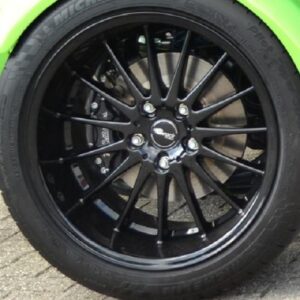
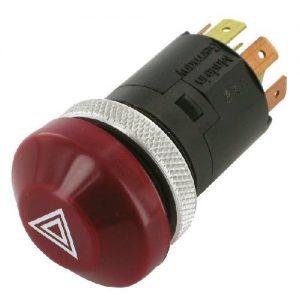
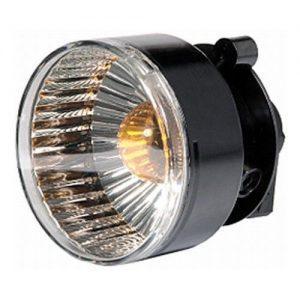
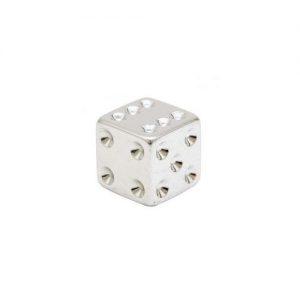
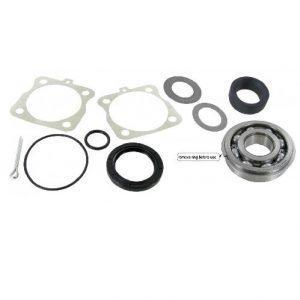
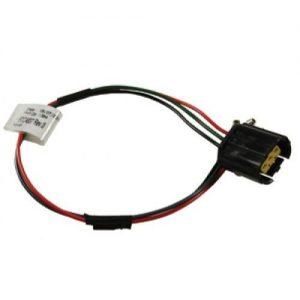
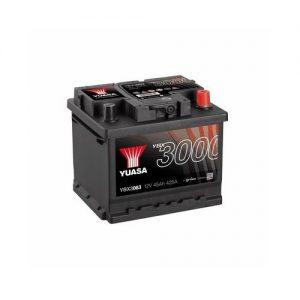








Trike webshop is onderdeel van Walinga Trikes.
Ontwerp en realisatie door SOMOGY
Reviews
There are no reviews yet.